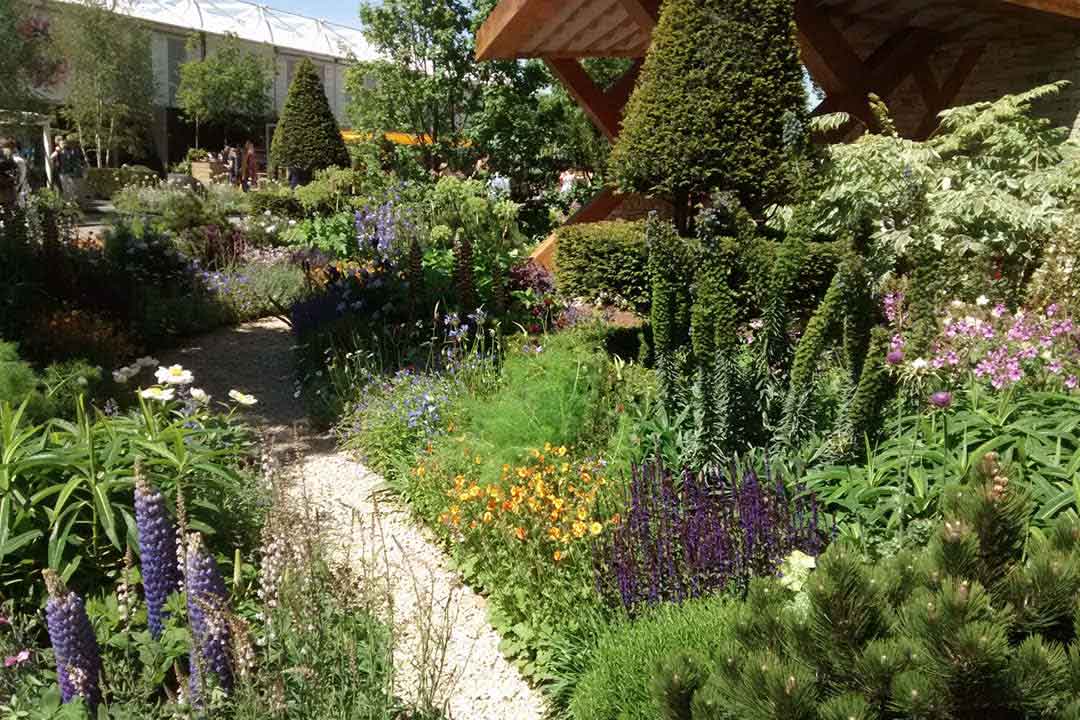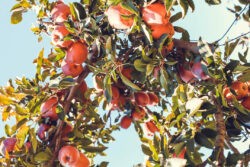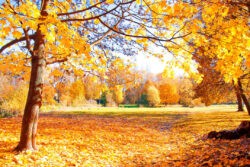The changing face of gardens
The average garden has changed immensely over the last 50 years. In a physical sense, it has become smaller. But in more general terms, expectations have grown. Most people now regard a garden as an extension to the home. It is necessary to provide another room or a series of spaces with definite purposes. A small garden needs to be multifunctional, because every square metre matters.
It is no longer enough to provide a concrete patio for outdoor relaxing and dining. Today’s contemporary garden has an outside kitchen set on porcelain tiles and possibly a retractable roof to serve as sunshade or umbrella. A pond or rill is likely to act as a wine or beer cooler, and a moving water feature provides a soundscape to accompany the outdoor entertaining and dining experience.
Alongside the shrinking space, our need for privacy has expanded. The addition of pleached trees – often called a ‘hedge on stilts’ – has become commonplace. They allow taller boundaries that blur the fence line, thus bringing seclusion without harsh enclosure.
Look at the plants
Gardens follow fashion and plant selection tells you a huge amount about the history and evolution of a garden. Herbaceous borders are still popular, but they have changed. Before the 1980s, a garden border would probably be filled with perennial planting that might include asters, campanula, delphiniums, hardy geraniums, helianthus, geums, lupins, peonies, pulmonaria, salvias and veronica. These provided spring and summer colour but would die right down for winter. Slightly newer or updated borders might incorporate a number of shrubs to give year-round shape. There could be some structural forms in terms of sculpture or topiary. There might be evergreen giant yew cones or columns and maybe some roses, rather than an entire bed dedicated to perennials.
The palette of plants available to us has extended dramatically over the decades. Ornamental grasses and ‘new perennial’ planting, including naturalistic swathes of perennials in subdued colours, are now likely to replace some of the more traditional herbaceous plants. This style of planting has ecology at its heart and the layers of plants tend to be interwoven to form patterns that might be found in the natural world. There might be fewer plant varieties than within the traditional border, but more of each one, all capturing movement and the essence of nature rather than a showy, bright display.
A contemporary border will place even more emphasis on forms, shapes and colour that last for longer. There could be a theme of pinks, blues and whites, or maybe a ‘hot’ border that contains plants that produce flowers on the yellow, orange and red spectrum. The theme is continuing to develop and some borders now feature a strictly restricted palette of plant varieties, perhaps chosen for the foliage colour or shape. For example, an entire bed filled with ‘strappy’ shaped leaves in plain green, a shady bed filled with just one variety of fern, or foliage that contrasts such as burgundy and yellow. The gardener will be ruthless when interlopers try to seed themselves amongst such a carefully designed setting! Some might say this goes too far away from nature and the reduced biodiversity has a negative impact on the environment. However, we are now more likely to plant into cracks in paving, encourage trailing plants to cover walls, and have a multitude of climbers growing against fences. There are now over 2,000 varieties of clematis, although the old favourites are still popular.
Making a comeback
Island beds filled with small conifers and perhaps a few rocks were a feature of the 1970s. Over the years we have tended to shun the idea of including these within a planting scheme, perhaps because some of the dwarf conifers grow larger than anticipated. However, they are beginning to make a comeback as we learn to embrace their charm! The RHS Chelsea Flower Show tends to set the trend and over the last few years these old favourites have been featured, along with hydrangeas, rhododendrons, dahlias and chrysanthemums.
The gardens at Chelsea also display the latest hard landscaping features, such as decorative screens and bold colours (including black) used as a backdrop for planting. It is here we are introduced to interesting materials such as glass-reinforced plastic pots, corten steel and the latest paving materials. What’s not to love?
By Caroline Knight







